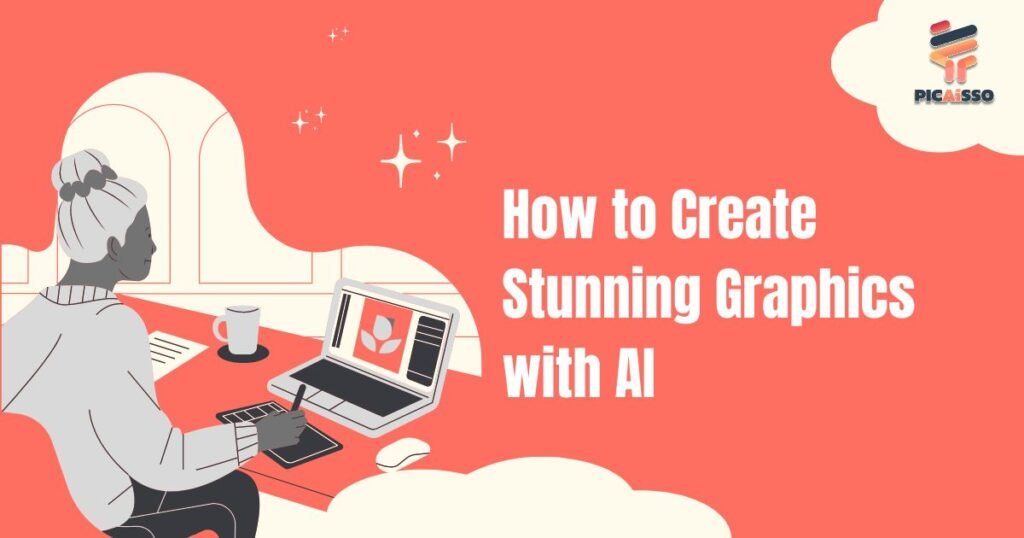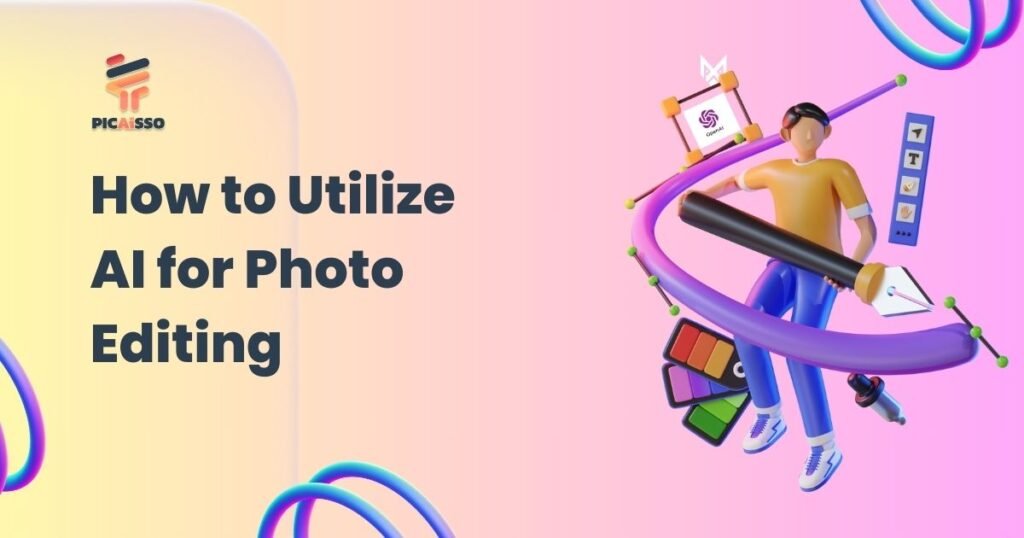
In an era of rapid technological development, AI has become a prominent force across various industries. It has changed the way we create, share and consume content. One of its standout applications is image generation technology. It has the ability to transform digital ideas into visually stunning realities. Whether you are designing merchandise or marketing materials, or simply looking for a new way to express yourself creatively – AI image generators are changing the art of visual storytelling.
This guide will introduce you to AI Image Generators and teach you how you can use them for your creative projects. We’ll take a look at how these systems work, where they can be used, and how you can implement them into your own work.
The Technology Behind AI Image Generators
AI image generation uses machine learning algorithms called GANs (Generative Adversarial Networks) or VAEs (Variational Autoencoders). These systems are trained on large datasets filled with images in order to learn the complex patterns and features that make up visual pieces.
What Drives the Creative Engine?
GANs rely on two components – the generator and discriminator – in order to create images. The generator crafts an image from random noise before presenting it to the discriminator, which was trained on real images. The discriminator then determines whether the presented image is real or fake through this dataset feedback.
Finally, using this information, the system fine-tunes itself until there’s no discernible difference between real and artificial images anymore.
Processing Pixels and Patterns
The generator’s role is understanding pixel-level details as well as high-level traits like composition and context that create more than just pixels — but rather art that appeals. By mimicking these aspects of human design intuition, these tools can produce outputs that most people would mistake for handmade works!
Applications in Various Industries
AI Image Generators aren’t limited to artists; they find use across many different sectors, including healthcare and retail. Some popular applications include:
Marketing Marvels
Creating visually appealing content can make or break brands in a fiercely competitive market. AI generators can quickly produce high-quality images for marketing campaigns, A/B testing ads, or engaging social media content, freeing up professionals to focus on strategy and customer interaction.
Healthcare Imagery
In the field of medicine, clear imagery is crucial. AI image generators help create informative visuals like charts, anatomical diagrams, and patient education materials. Doctors can communicate complex information more effectively – improving patients’ understanding and healthcare outcomes.
Gaming Graphics
The gaming industry constantly pushes technological boundaries. AI image generation enhances game development by creating lifelike avatars, environments and other assets. They also reduce the time and cost spent on initial graphic design — a major investment in the early stages of game development — enabling quicker prototyping and iteration.
How to Leverage AI Image Generators
If you’re new to this kind of technology, it may seem daunting at first — but worry not! Implementing these tools into your workflow could change the way you work for good.
Preparing Your Data for AI
The first step involves gathering a dataset. You’ll want to collect images relevant to your field and make sure they’re an eclectic mix while maintaining their quality. The AI will be learning from these images; better data means better results.
Understanding Your Generator
Pick a pre-trained generator that matches the goals of your project. Different models have different strengths, and each is compatible with varying types of images and designs.
Enhancing Human-Machine Collaboration
As great as artificial intelligence can be, nothing compares to human creativity. By offering initial guidance, returning feedback, and practicing curation you can point your AI in the direction of producing personalized pieces that are aligned with your vision.
Best Practices for Optimal Output
To get the best outcome from your generator, you’ll have to understand how it works. Stay up-to-date on new developments in AI generation so you can apply them to your workflow when necessary.
Read More: How to Create Stunning Graphics with AI?
The Future of AI Image Generation
Continuous research indicates that we don’t just need AI systems that produce images but ones that can also understand what is contained within those images. Think of it as contextual intelligence — one step closer to humans understanding each other’s ideas without explanation.
The Ripples of Change Across Industries
AI image generation will soon ripple through every sector of our digital economy. As these technologies mature and become more common practice, the way we approach visual content will change entirely.
Addressing Ethical Considerations
It’s important for us as a community to address ethical concerns when it comes to any powerful technology like this one. Knowing where all content comes from and recognizing misuse are two sides of the same coin: ethical usage.
Seizing the Opportunity
Is there anything scarier than not knowing what’s coming next? Of course not! For content creators, at least. The future of this field holds so much opportunity, so why not take advantage by equipping yourself mentally? Don’t wait for others on this one.
Conclusion
AI image generation is here and ready for your input. As it continues to be integrated into our daily lives, don’t shy away from it. Understand the technology, experiment with projects, gain insight from others in the field — do whatever is necessary to get a leg up on your competition.
If you have any questions about this article or want to share your personal experiences using AI Image Generation, leave us a comment down below! We love hearing about new uses for this amazing tool.

